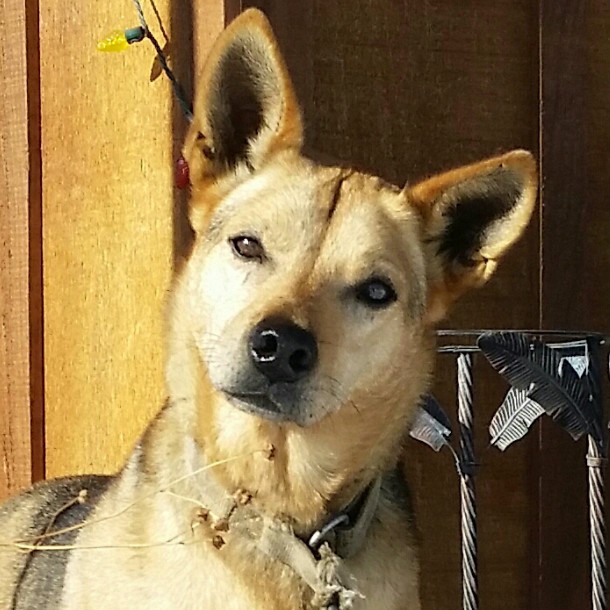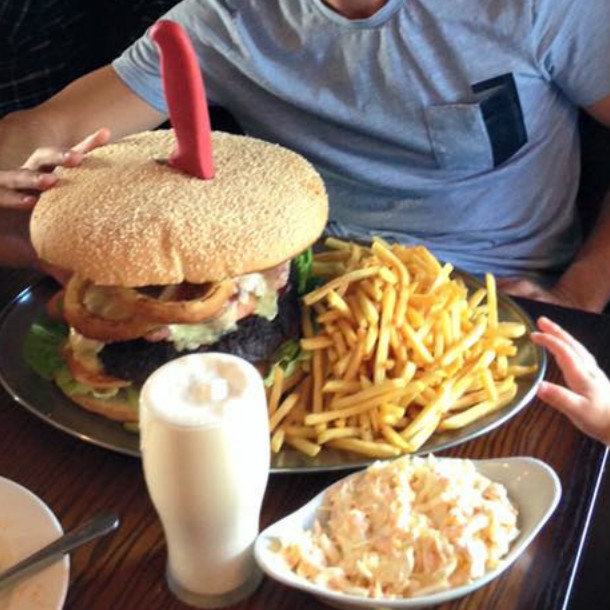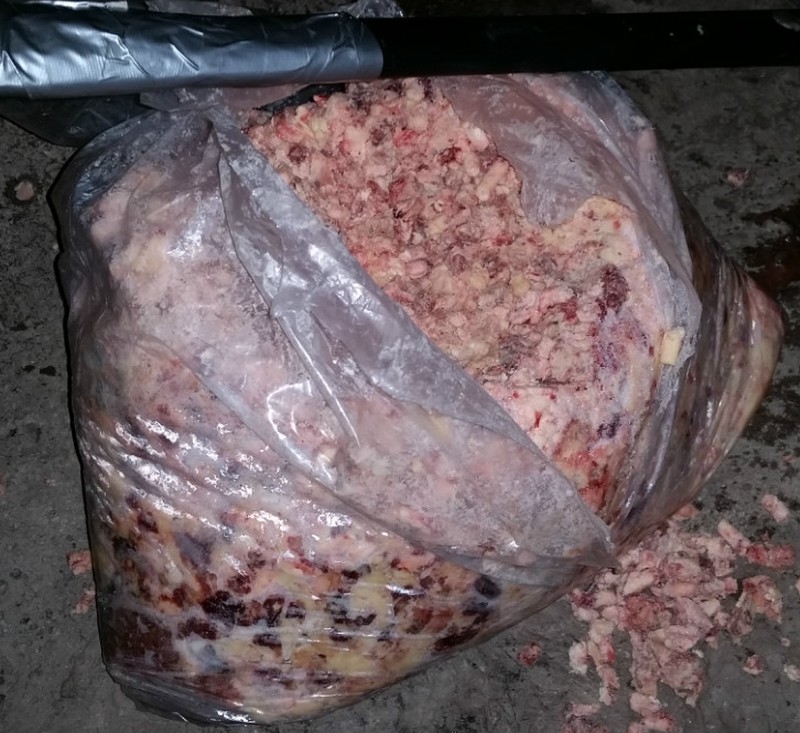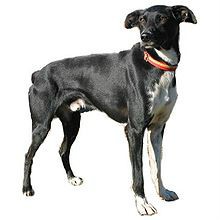
Breeze Blog
Did you know that during my racing season I eat more than you? Much more! But I still maintain my "girlish" figure. How do I do it?
(adapted from www.isdra.org)
Just like a human athlete, a sled dog's diet affects the dog’s ability to compete. A sled dog at rest in the summer needs about 800 calories per day. In the middle of a cold winter long distance race that same dog may need up to 10,000 calories per day (10,000 is not a typo!).

10,000 Calories
The quest to provide sled dogs with enough calories and the right type of calories has resulted in tremendous growth in our knowledge about the canine diet, and better food for both the racing dog and house pets. The photo to the right is an example of a 10,000 calorie meal that does not have the right type of calories.
A canine athlete does not digest and use food in the same way as humans. The high carbohydrate diet that helps a human runner perform at his or her peak will not have the same effect on a sled dog. Studies by veterinarians and dog food manufacturers have found that a high carbohydrate diet actually lowers canine performance.
Fats and protein are the most important sources of energy for a sled dog. The ratio of fat and protein varies depending on the distance to be run and the time spent running, however, certain minimum requirements have been determined. A typical diet consists of 32% protein, 15% carbohydrates and 53% fat.
Fats provide the dog with quick energy. They are highly digestible and very dense in calories. Protein helps a dog handle the physical demands of racing and is required in greater amounts as physical activity increases.
So what about water? Water is the most important part of a dog's diet. Water is added to every meal. Contrary to popular myths, sled dogs do not get their water supply by eating snow. Snow requires tremendous energy to melt as it is consumed and it offers little water for much effort. By contrast, warm water after a night in the cold can be to the sled dog a lot like a hot chocolate drink is to a human. On the other hand, it is not unusual to see a sled dog grab a bite of snow, just like you enjoy an ice cream cone now and then!
 A frequently heard remark at races is that the dogs seem thin. Indeed, compared to a house dog who may get out for a walk or short run a couple times a week, sled dogs are thin. Although sled dogs consume more calories than an average human, they also burn those calories working out in training. Like human runners, the intake of calories and exercise result in a slim, athletic physique. Mushers monitor the weight of their dogs, feeding them accordingly. If the dogs gain too much weight, they risk overheating, disease and injury. If they are too thin they lose stamina. Mushers balance these considerations and maintain their dogs at a healthy weight for each particular dog. Mushers know and love each of their dogs. Because they live and work with them every day, they are constantly aware of their dog's health and well being. There is nothing more important to a musher, then a healthy and happy dog team. A frequently heard remark at races is that the dogs seem thin. Indeed, compared to a house dog who may get out for a walk or short run a couple times a week, sled dogs are thin. Although sled dogs consume more calories than an average human, they also burn those calories working out in training. Like human runners, the intake of calories and exercise result in a slim, athletic physique. Mushers monitor the weight of their dogs, feeding them accordingly. If the dogs gain too much weight, they risk overheating, disease and injury. If they are too thin they lose stamina. Mushers balance these considerations and maintain their dogs at a healthy weight for each particular dog. Mushers know and love each of their dogs. Because they live and work with them every day, they are constantly aware of their dog's health and well being. There is nothing more important to a musher, then a healthy and happy dog team.
|

